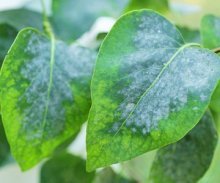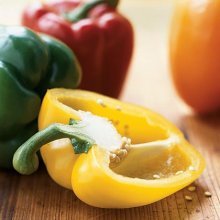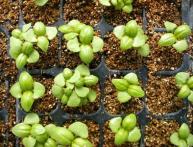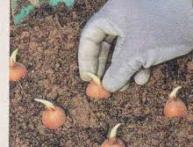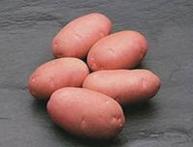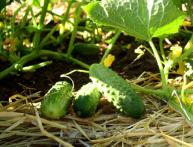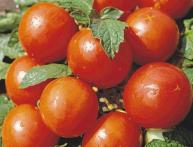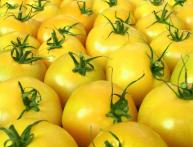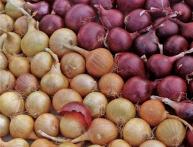Main pests and diseases of bell pepper

bell pepper is a popular vegetable, and many people try to grow it in their garden. In order to get a high yield of peppers, you need to know the main aspects of caring for them, destroy pests in a timely manner and recognize bell pepper diseases in order to take the necessary rescue measures.
Content:
The main problem with pepper is wilting in open ground. In second and third place are illnesses, which cause spotting and various deformations of leaves due to which the fruits on such plants are wrinkled and small, as well as pests of peppers.
Main diseases of bell pepper

- Verticillium (withering). It occurs due to a fungus that lives in the soil and which penetrates the plant through wounds in the roots caused by the plant during planting or when cultivating the soil. There are three main forms of this disease:
- brown, appearing in early July, and the peak of the disease occurs at the end of July and August. The plant is minimally stunted in growth, but its leaves become brown, and due to damage to the leaf vessels and evaporating surface, the plant dies, even with good watering;
- dwarf, usually appears about a month after planting. The affected plant is stunted in growth, the ovaries crumble, the leaves on some shoots wither and fall off. The plant can survive until the end of the growing season with good watering;
- green, often present simultaneously with the brown form.A well-developed plant loses its leaves and dries out after five days.
The main way of control is to destroy all plant residues at the very end of the season so that the fungus does not survive in the soil, and you should also give preference to those varieties of pepper that are resistant to this disease.
- Phytoplasmosis. A harmful and widespread disease. It manifests itself through root rot, dwarfism and yellowing of peppers. The leaves become hard, become smaller and curl. The fruits are small, completely tasteless, thin-walled. More often the plant dries out. The main damage to pepper occurs at the end of May, due to an increase in the number of disease carriers - leafhoppers.
The main way of control is chemical irrigation, both at the time of planting and three weeks after planting.
Main pests of bell pepper
- Aphid. The most common type of pepper pest. When it appears, you need to treat the plant with insecticides.
- Spider mite. Control measures are to spray the plants with a solution of garlic, dandelion, onion and liquid soap.
- Slugs are naked. The beds must be kept clean, slugs destroyed, pollinated with lime, tobacco dust, and lime. You can plant parsley in the space between the rows, and also pour coffee slurry and sawdust there. You can sprinkle mustard.
- One of the most active enemies of bell peppers is the Colorado potato beetle. In addition to manually catching the beetle and shaking it from the bushes into a bucket of water, spraying with celandine tincture helps a lot. He is also repelled by the smell of bush beans.
Planting and care
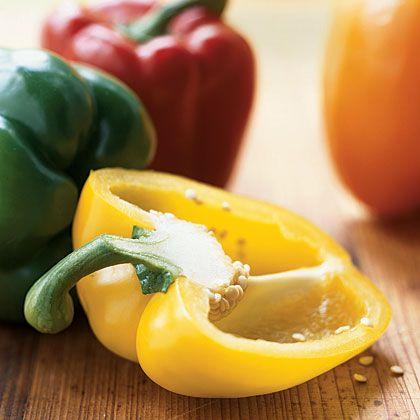
Peppers need to be regularly watered with warm water, fertilized about five times during the summer, the plant should be shaped correctly, and the soil should be carefully loosened shallowly.
For open ground seeds are planted a month earlier than tomatoes.Sow in the first half of February, as the seedlings grow very slowly at first. The substrate for pepper is the same as for other vegetable crops. When sowing, it should be taken into account that the germination rate of sweet peppers is quite low, only about 50%. Therefore, you need to sow more of them (about 3 times) than your family needs to grow.
The seedlings are transplanted into separate pots in the first half of April. Before this, the seedlings are well watered so that as much of the earthen substrate as possible sticks to the roots. Peppers are much more tender than tomatoes; they require more careful transplanting. Unlike tomatoes, plants are not deepened when transplanted; the root collar is left at the same level.
Towards the end of May, the seedlings become strong, ready for transplanting after hardening. Planting peppers it is possible often, according to the 30x30 pattern, since they do not like overheating of the soil. Considering their predecessor, peppers are good after cucumbers. It is good to add humus to the garden bed - about 15 kg per 1 sq.m.
Among the sweet varieties that are resistant to disease, we can name the Gift of Moldova and the Gold Medal. They are very productive; you can get up to 15 kg of peppers per 1 sq.m. But in the conditions of the Moscow region, not all of them have time to ripen on the vine.
Peppers easily cross-pollinate, and if spicy varieties grow nearby, then next year all the seedlings will be spicy, and the next year, for every four bushes, one may be sweet. Therefore, take this feature into account when planting and update your seed fund.
I think it doesn’t matter that this wonderful vegetable does not always grow to its biological ripeness; green pepper fruits in their technical ripeness are perfect for many dishes.By improving agricultural technology and selecting disease-resistant varieties, we will be able to grow sweet, aromatic bell peppers for the whole family.

